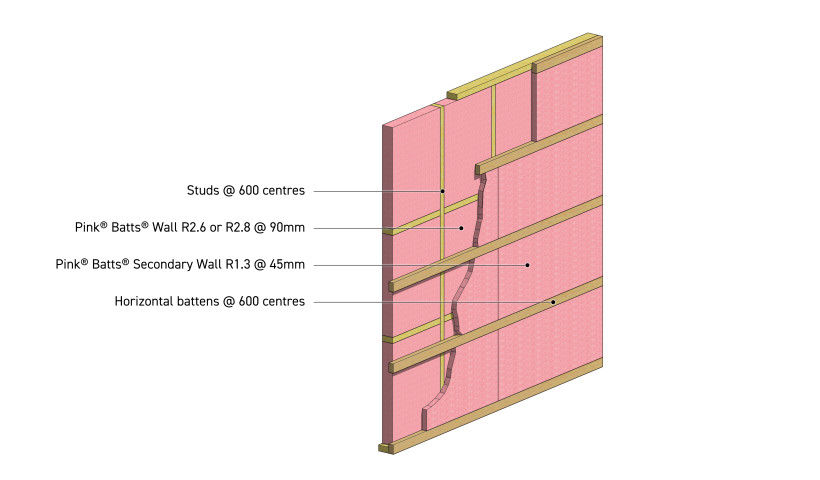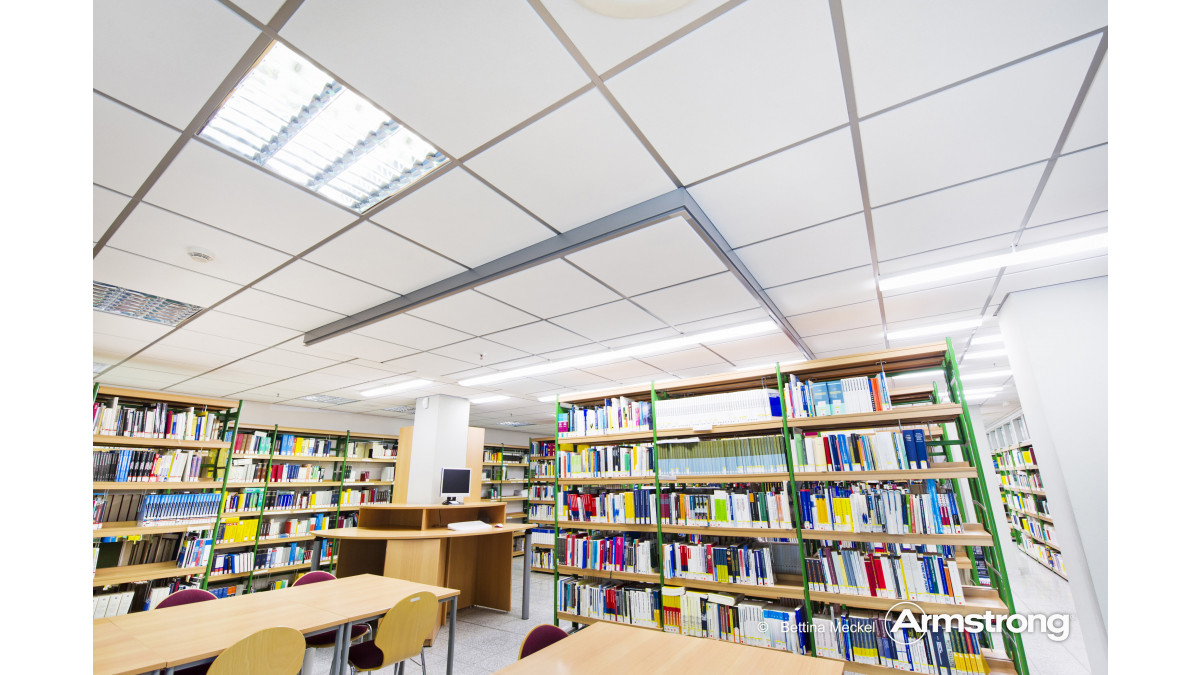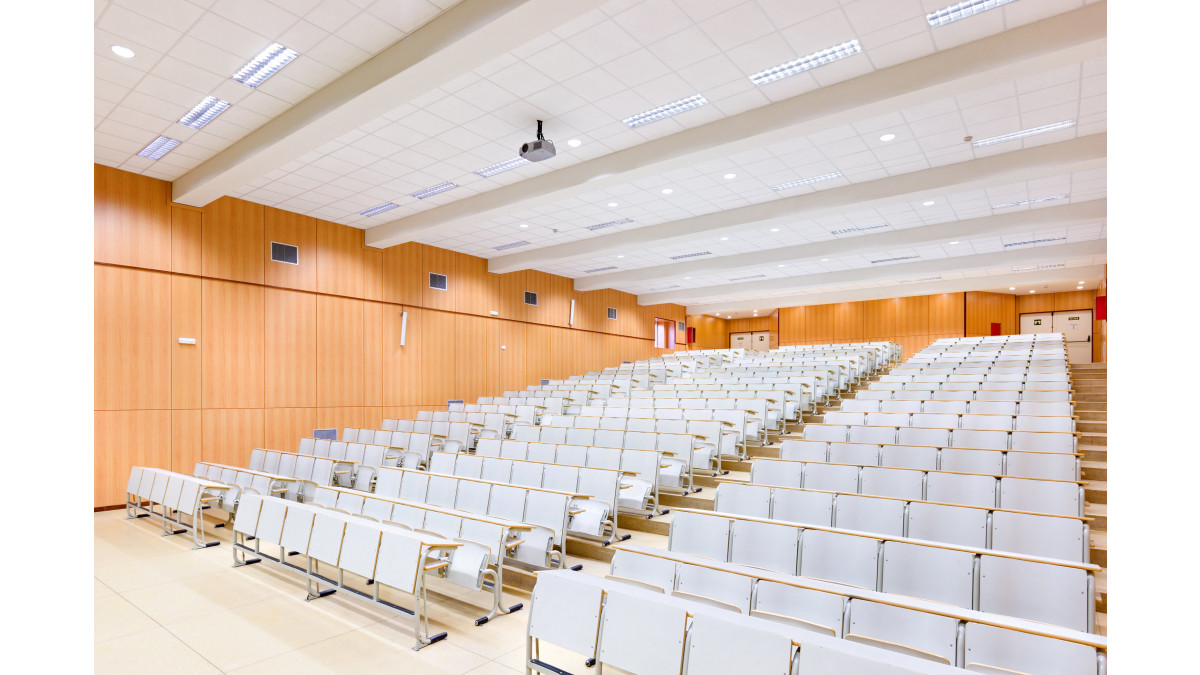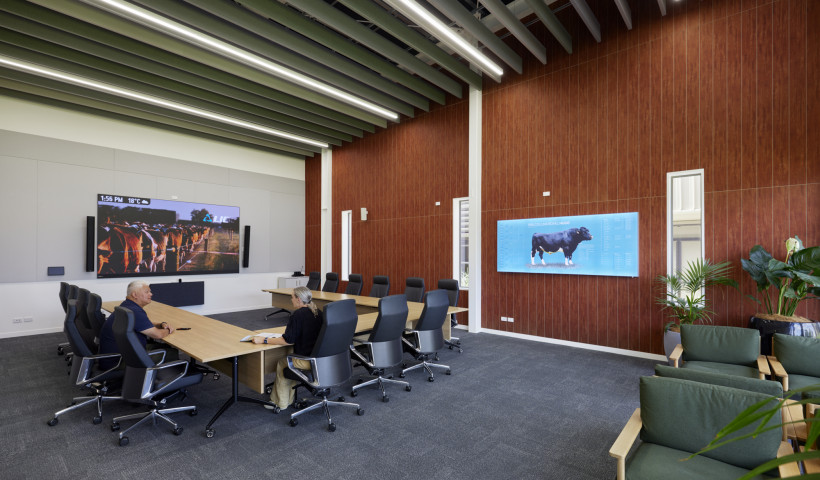
Product manufacturers have developed comprehensive product ranges to acoustically treat walls and ceilings in schools to meet various design and performance briefs from industry professionals. Generally, the two key criteria explored are visuals and acoustic performance. Products need to fulfill a visual purpose (colour — pattern — light reflectivity), as well as provide adequate acoustic performance in terms of sound absorption and sound deflection/attenuation.
A key criteria to consider when choosing the right product solution for a school is the weight of the material. New Zealand is considered to be a highly active seismic region, and although seismic design standards have been in the New Zealand Building Code for decades, it took the tragic events of Christchurch (and to a lesser degree Wellington), for the collective construction industry to really focus on and pay attention to code compliant seismic design of interior spaces.
The weight of material is a crucial element of seismic calculations to determine the correct fixing and bracing methodology of a ceiling in a particular space. Generally speaking, the higher the weight of the material is (say, a ceiling tile) the higher the seismic load the ceiling will be subject to. Fortunately, high absorbing ceiling tiles are generally manufactured from lightweight soft fibre (glasswool and/or stonewool) weighing in at between 1.5 to 2.5kg per sqm; this leads to less complex seismic designs, translating into more cost effective installations and more importantly, a safer interior space for its occupants. An example is the Eurocoustic Tonga tile.
Eurocoustic Tonga tiles offer high absorbing noise properties (NRC 1) while maintaining a very low weight of just over 2 Kg per SQM. Thanks to its superior decorative tissue, Tonga offers an extra 6% light input when compared to other traditional ceiling tiles, increasing the luminosity of the space and reducing the need for artificial light by as much as 11%.
Eurocoustic Tonga offers architects and designers plenty of scope to create unique interiors, being available in no less than seven sizes, two thicknesses, two edge details, 49 different colours and 12 different patterns, with no minimum quantity for any of these combinations.













 New Products
New Products
















 Popular Products from Comfortech Building Performance Solutions
Popular Products from Comfortech Building Performance Solutions


 Posts by Comfortech Technical
Posts by Comfortech Technical Most Popular
Most Popular



